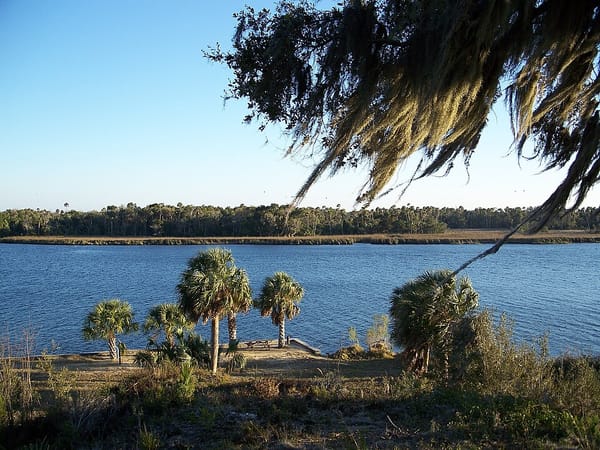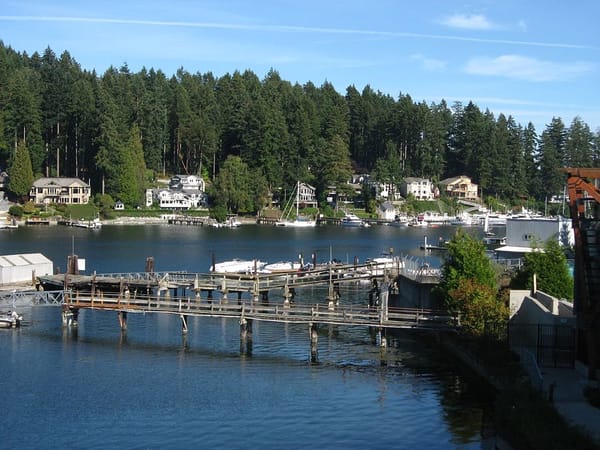Nautical Flags and Their Marine Meanings
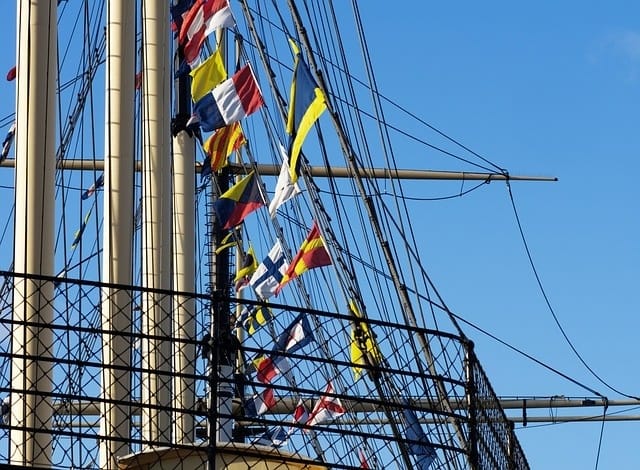
Have you ever noticed those colorful squares, triangles and pennants waving in the wind on sailboat masts and boat sterns? While pretty at a boat slip rental or on the water, they’re more than just an aquatic adornment.
Developed in the 1800s, the nautical flag system is known as the International Code of Signals. It was designed as a way for two ships to signal each other or to send a signal to the shore. Back then, there weren’t VHF radios, and it’s awfully hard to communicate from several miles away on the water. Think of it as a nautical form of texting – but with flags instead of emojis.
The system consists of 26 flags that represent a letter of the alphabet and an international code word. Flags have color schemes of blue, black, red, yellow and white. These colors were chosen because they stand out well and are easy to see at a distance. Flags can be flown one flag at a time or up to seven in a row, depending on the message you’re trying to convey. There are also 10 pennant-style flags for the numbers 0 through 9. For larger numbers, you would use more flags.
If you’re heading out from your private boat dock rental, it’s nice to know what these flags mean. Keep reading to check out common nautical flags, what they mean and when to fly them.
Nautical Flag Meanings
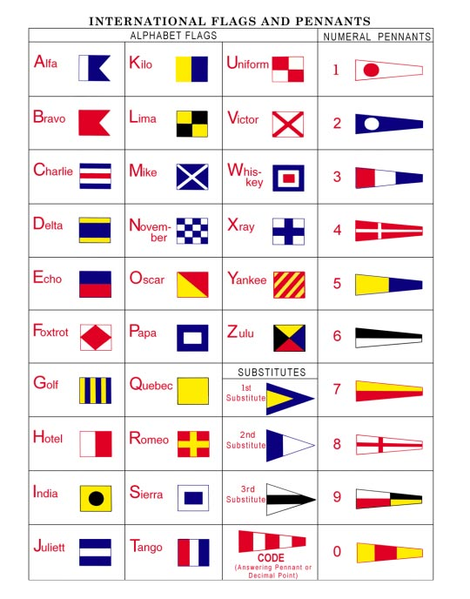
Photo: Wikimedia
Alfa – Diver Down/Keep clear
Bravo – Dangerous cargo
Charlie – Yes/Affirmative
Delta – Keep clear
Echo – Altering course to starboard
Foxtrot – Disabled
Golf – I need a pilot or I am hauling nets
Hotel – I have a pilot on board
India – Altering course to port
Juliet – On fire
Kilo – I would like to communicate with you
Lima – Stop now
Mike – I am stopped and not making headway
November – No/Negative
Oscar – Man overboard
Papa – Report on board, vessel is about to sail
Quebec – Vessel is healthy, request clearance into port (for international entrance)
Romeo – Do not pass ahead of me
Sierra – Engine going astern
Tango – Keep clear
Uniform – You are running into danger
Victor – I need assistance
Whiskey – I need medical assistance
Xray – Stop and watch for my signal
Yankee – Dragging my anchor
Zulu – I need a tug
Multiple Flag Signals
When more than a common command or warning is needed, multiple flags can be used.
- One flag is for common signals or warnings.
- Two flags are usually for distress signals.
- Three flags indicate compass points, relative bearings, punctuation and general code and decode signals.
- Four flags are for geographical signals, names of ships and bearings.
- Five flags relate time and position.
- Six flags are for north, south, east or west in latitude and longitude.
- Seven flags are for longitude signals with more than 100 degrees.
Two-Flag Signals
- DV – I am drifting.
- UM – The harbor is closed to traffic.
- PD – Your navigation lights are not visible.
- JL - You’re running the risk of going aground.
- BR – I need a helicopter.
Diver Down Flag
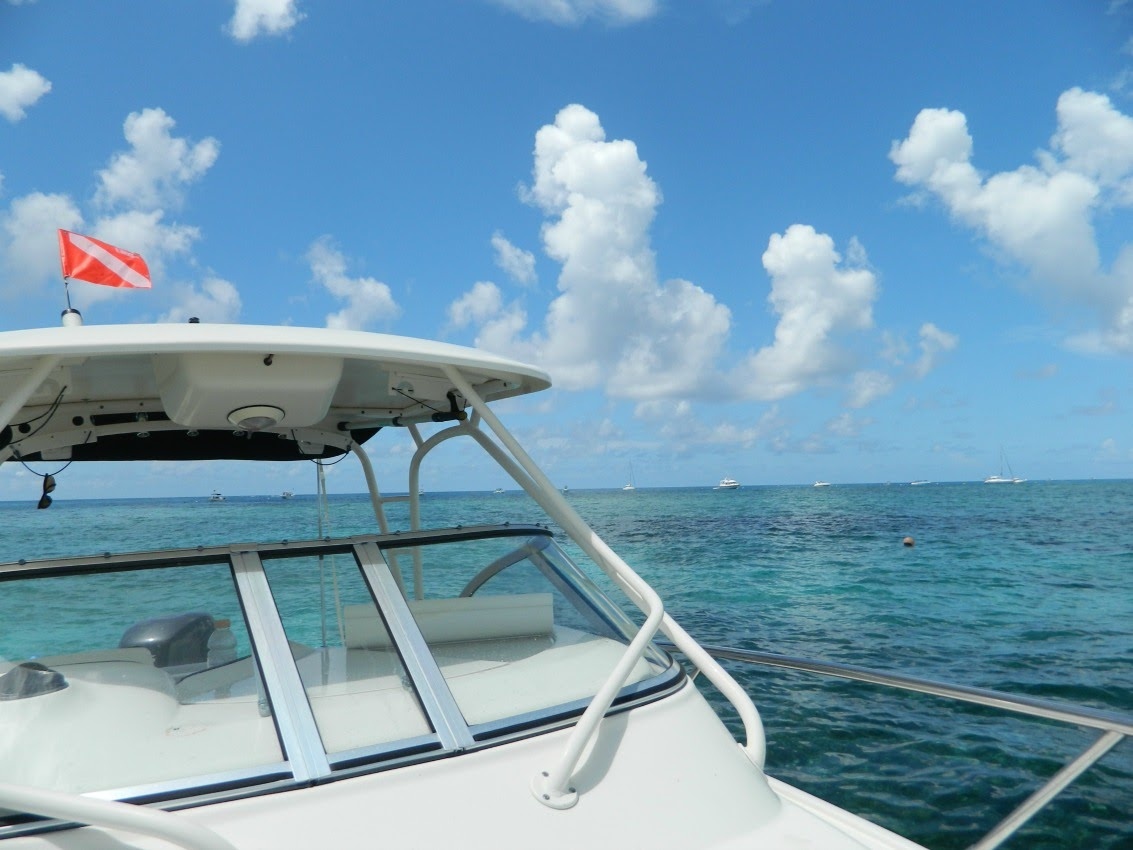
When you’re out on a boat with divers or snorkelers under the water, it’s a safety requirement to fly the Diver Down flag. This signals other boats to stay clear and proceed slowly and with caution. Confusion sometimes arises with this flag, as there are technically two that can be used.The flag you’re probably most familiar with is red with a white diagonal stripe. Created in 1956 by a Navy veteran, this is the one most often used in North America. The A (Alfa) blue and white flag is used internationally.
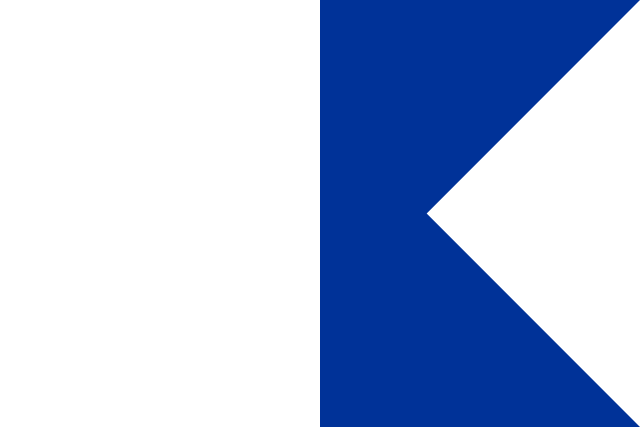
Photo: Wikimedia
Other nautical flags include the national ensign, yacht club burgee, sailing regatta flags and hurricane warning flags that indicate the area is expecting winds of 74 mph or higher.
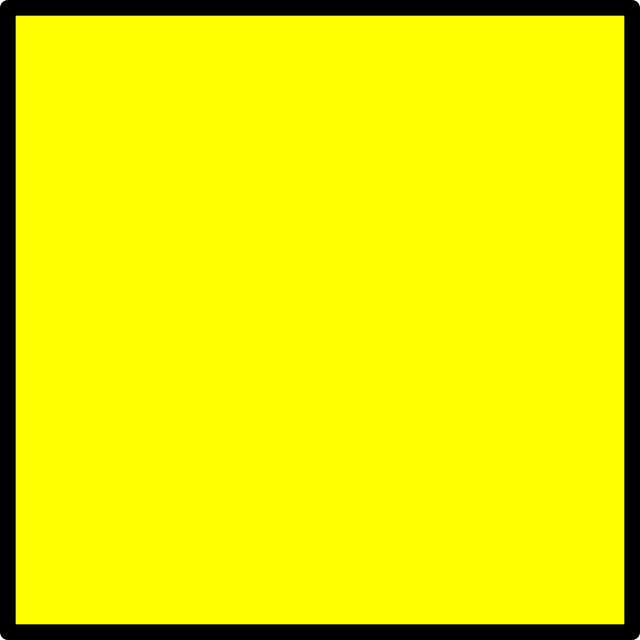
Photo: Pixabay
As a recreational boater, you may never need to use the majority of these marine flags as you come and go from your private boat slip rental. But knowing what they mean can be helpful out on the water, such as if you were to need assistance or if you were traveling internationally. For example, boaters navigating from Florida to the Bahamas by boat are required to fly the yellow Q flag (pictured above) when entering port.
Hopefully this has helped shed some light on the various nautical flag meanings and uses. Stay safe out there!


